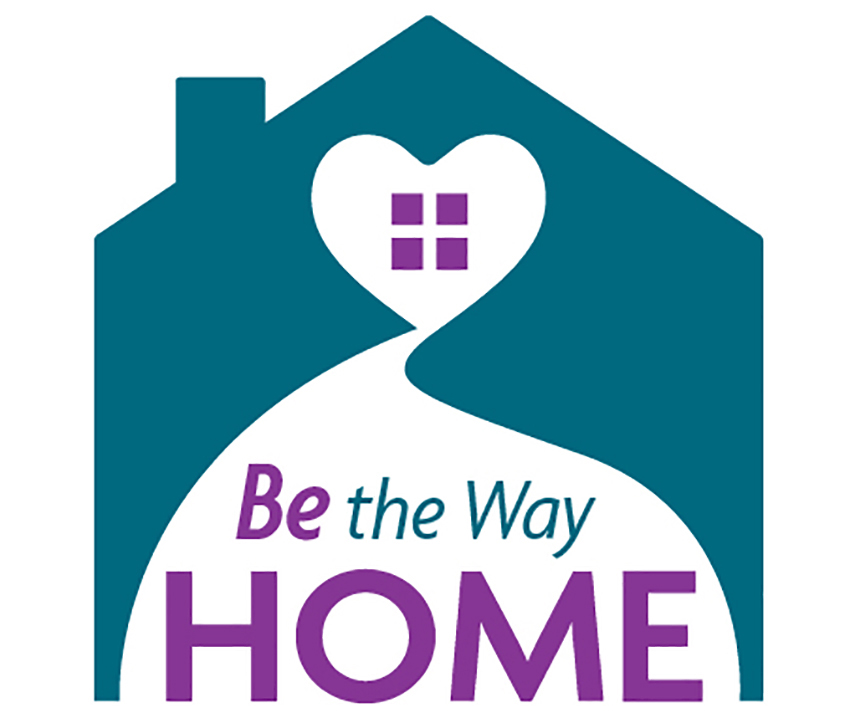If you are caring for a child or youth who is connected to a tribe, you need to help them maintain their culture and their familial and ancestral ties.
Tribal connections
It is important for the child or youth to connect with their tribe and tribal communities.
Provide opportunities for them to:
- Attend and participate in cultural and spiritual ceremonies, events, and activities.
- Learn tribal stories and songs.
Note
Talk to the child or youth’s caseworker or family to learn about cultural traditions.
Explore the tribe's website to learn about tribal traditions, stories, traditional language, and songs.
Working with the child or youth’s caseworker
Your child or youth’s caseworker is here to support you. Work with them to:
- Support the child or youth’s connections to their tribe, tribal families, extended families, and communities.
- Repair, replace, or provide culturally significant items.
- Develop a case plan that includes instructions for, but not limited to:
- Following recommendations from the local Indian child welfare advisory committee.
- Managing payments from a tribe. These payments include per capita, general welfare, and settlement funds.
- Supporting and helping the child or youth attend cultural events and activities.
- Other actions listed on this page.
Health, medicine, and food
Work with the child or youth’s caseworker to create a case plan that includes having and using Native American traditional medicines.
These medicines include, but are not limited to:
- Sage
- Cedar
- Sweet grass
Work with the caseworker to include providing plant-based or lactose free alternatives to cow's milk in the case plan.
Provide safe sleeping spaces. These include baby boards and moss bags.
Discipline
Do not interfere with the child or youth’s cultural needs when you discipline them.
For example, do not cut their hair or take a religious or cultural item or event away from them.
Travel
If the child or youth is in the care and custody of a tribal court, consult with tribes before they travel out of the state or country.
Work with their caseworker to include this in their case plan.
Changing the child or youth’s appearance
Get permission from the child or youth’s caseworker before you make changes to their appearance.
Changes that you need the caseworker’s permission for include:
- Haircuts
- Hair dyeing
- Piercings
- Tattoos
Related content
Read the regulations
For more information read the Washington Administrative Codes (WACs) related to these topics:
- WAC 110-149-0140: Additional requirements for Indian children

